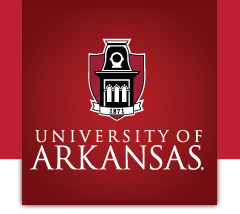Policies
Bioethics: Research published in Inquiry, involving vertebrates or human subjects, should meet the requirements set forth by Institutional Animal Care and Use Committee (IACUC) and Institutional Review Board (IRB) .
Scientific misconduct: Inquiry: The University of Arkansas Undergraduate Research Journal intends to adhere to the highest values of ethics in the articles that are published. In this context, falsification of data, plagiarism, or any other practice(s) that deviates from accepted norms of publication in academic and research communities will be deemed as actionable misconduct.
Publication Agreement form: Authors who publish their work in Inquiry: The University of Arkansas Undergraduate Research Journal retain their copyright but are requested to license the University of Arkansas the rights to non-exclusive use in electronic formats for all materials submitted for publication.
Authors will be required to sign the publication agreement form at the time of submission of their article.




